Fall Hikes in the West

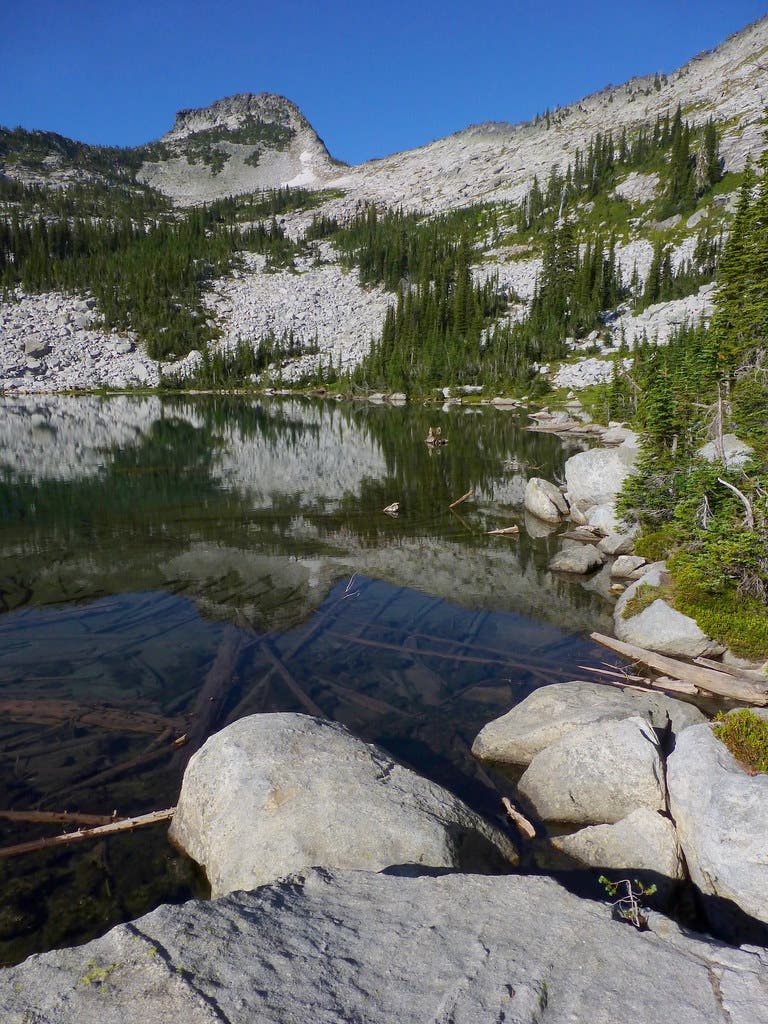
Beehive Lakes
Idaho Panhandle National Forest, ID
Overnight on the shores of an alpine lake on this 9-mile out-and-back in the jagged Selkirk Mountains. At mile 1.5, score your first mountain views across the evergreen-lined Pack River drainage. Pick late-season huckleberries trailside en route to camp at Beehive Lakes (mile 4.5), nestled at the base of two 7,000-foot peaks. On day two, scramble .5 mile north off-trail to rock-edged Little Harrison Lake before heading back.
Mary Ann Hamilton, Sandpoint, ID – “September and October are the best times to hike this trail: The crowds are gone, and so are the bugs.”
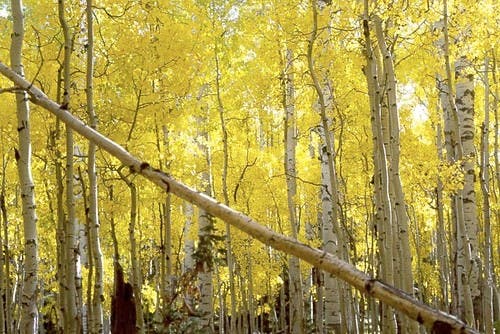
Engineer Mountain via Pass Creek Trail
San Juan National Forest, CO
Savor the rusty tones of an alpine autumn on this 5.2-mile out-and-back up a 12,968-foot peak. At mile 2, emerge from a spruce-fir forest to see Engineer Mountain’s rock face looming over a grassy meadow. Watch for elk, which linger until the snow is 3 feet deep. From the peak’s northeast slope, view the valleys of the 13,000-foot San Juans painted yellow with aspen. Adventurous hikers can scramble the crumbling, .3-mile ridgeline to its true summit.
Jed Botsford, Bayfield, CO – “You’ll start hearing the elk bugling for mates in early fall, especially at 11,000 feet and higher.”
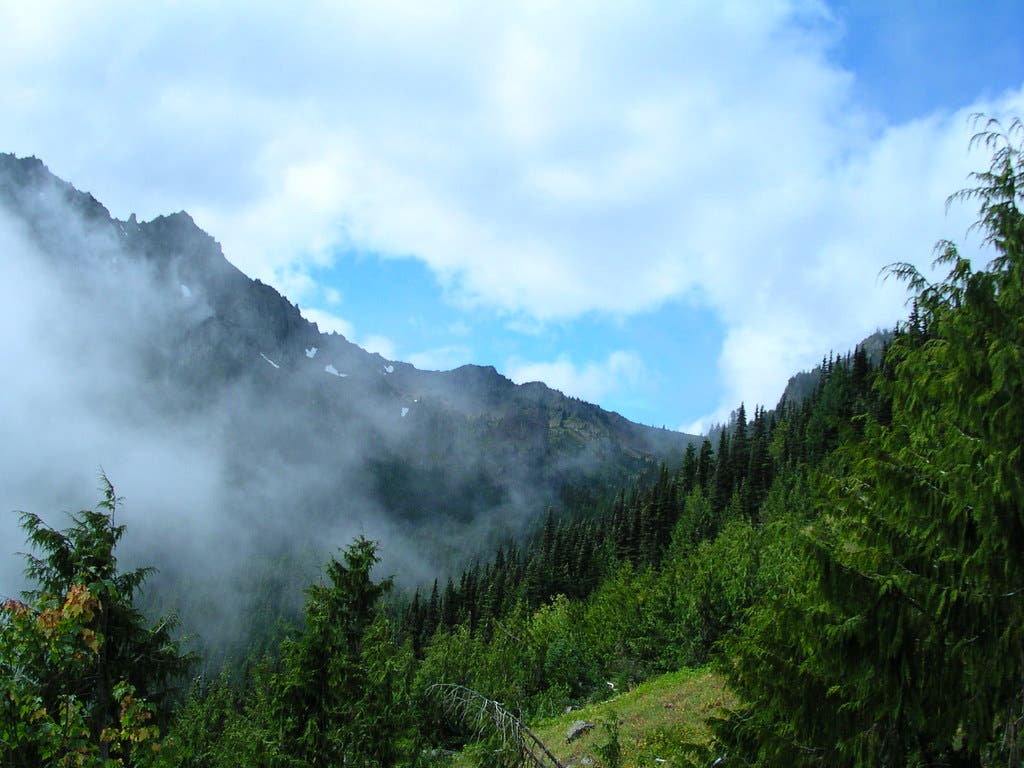
Upper Big Quilcene Trail
Olympic National Forest, WA
Traverse old-growth forest and mountain meadows to gaze across the Olympics on this 10.8-mile out-and-back. Parallel the surging Big Quilcene River under 150-foot-tall hemlock, cedar, and Douglas fir, ascending through bands of meadow and Alaskan yellow cedar. Top out at 6,000-foot Marmot Pass to peer across the Upper Dungeness River at sharp-edged, 7,788-foot Mt. Deception. Keep an eye out for bears foraging for huckleberries.
Mason White, Bainbridge Island, WA – “In September, the heathers and huckleberry leaves turn scarlet and the azalea leaves turn yellow.”
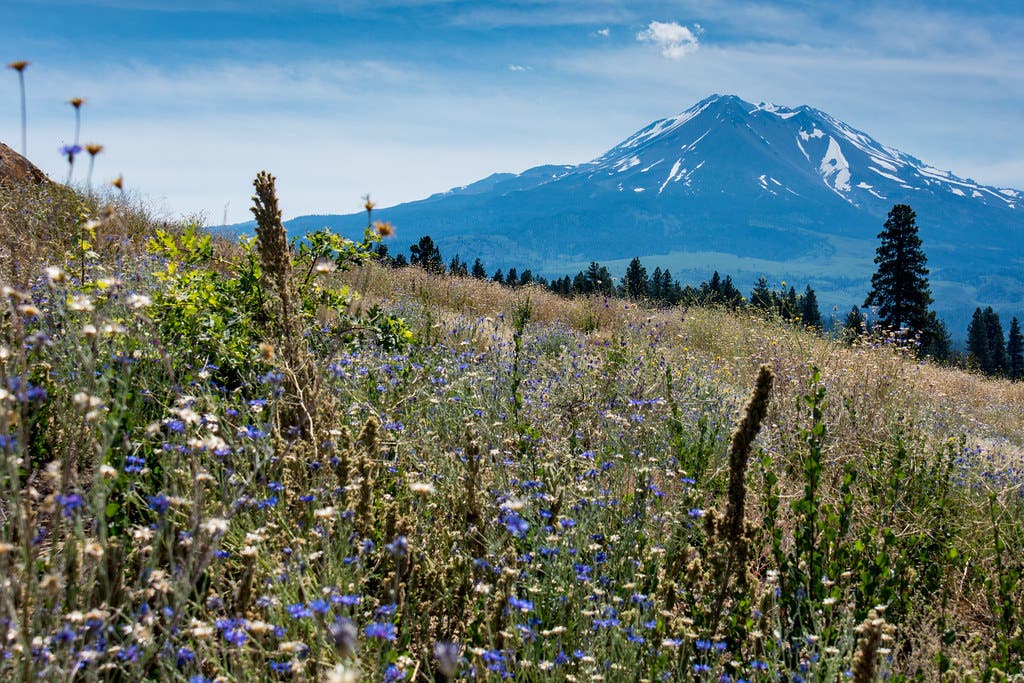
Albert Lakes via the PCT
Russian Wilderness, CA
Visit four granite-lined mountain lakes on this 9.6-mile out-and-back in a craggy, off-the-radar wilderness. Spy snow-topped, 14,179-foot Mt. Shasta, then hike north for eastern views to the Scott Valley. Continue through firs, pines, and spruce (some of the 18 different evergreen species that grow here) en route to the grand finale: the sparkling waters of Paynes, Albert, Upper Albert, and Big Blue Lakes, strung in succession like a sapphire necklace.
Ian Nelson, Medford, OR – “Fall in Northern California is perfect, with warm, sunny days and cool nights.”
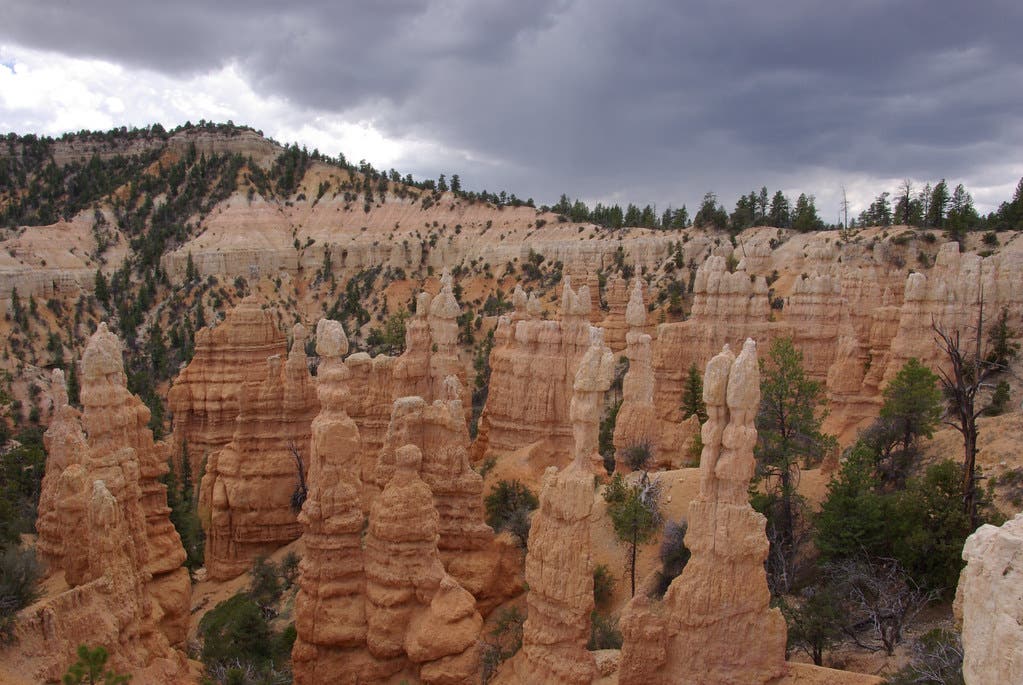
Fairyland Loop
Bryce Canyon National Park, UT
Weave among Bryce’s iconic hoodoos, bridges, and spines in solitude on this 8-mile loop. From Sunrise Point, follow the rim north and descend into Fairyland Canyon’s maze of 100-foot-tall red-orange spires. Loop around the southern tip of 8,076-foot Boat Mesa, where ancient, gnarled bristlecone pines grow trailside (the park elder is more than 1,600 years old). Close the loop past Tower Bridge, a 30-foot, H-shaped rock span at mile 6.5.
David Hansen, Bryce Canyon, UT – “In Fairyland, you can see Bryce without being shoulder-to-shoulder with a ton of people.”
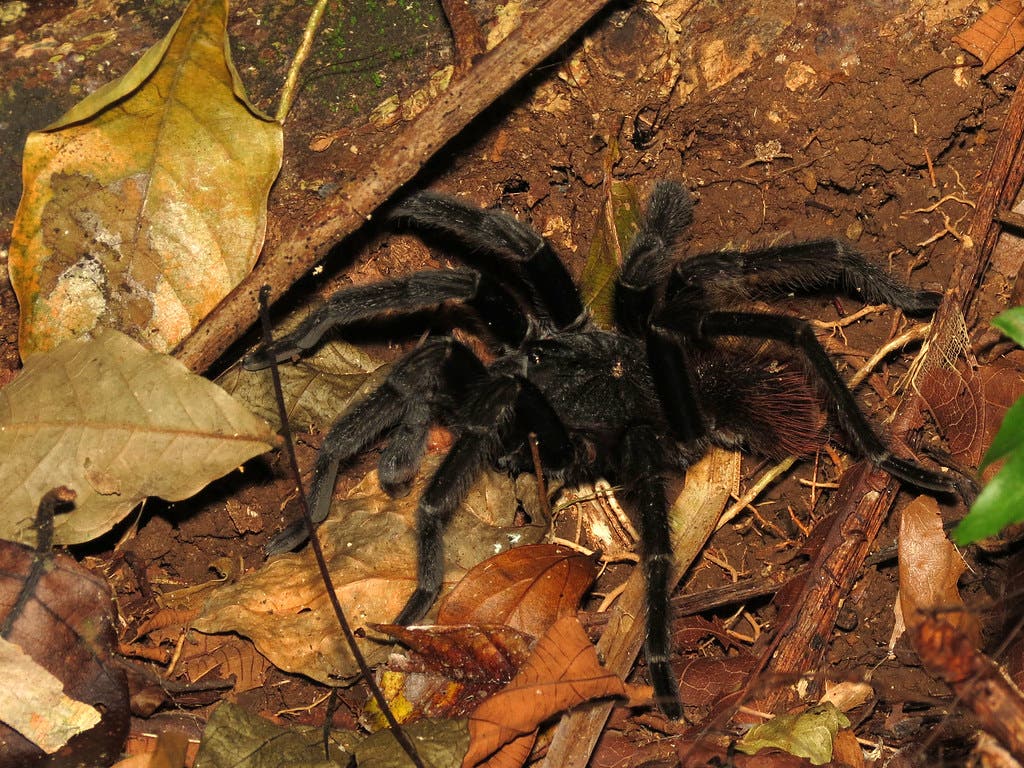
See This Now: Tarantulas
Comanche National Grassland, CO
One-up your buddy’s Monday morning tales of his fall foliage hike by witnessing the annual tarantula parade in southern Colorado. The furry, 5-inch-long tarantulas emerge once a year, from September to October, to prowl open prairies for mates. Harmless to humans, the eight-legged hermits will die a few weeks later. Venture 75 miles southeast of Pueblo to the Comanche National Grassland, and hike a 3-mile loop on the Prairie Trail from the parking lot off CR 802. Follow historic stagecoach tracks (passing the ruins of the 140-year-old station at mile 1.5) and rock cairns west through short-grass prairie into the sandstone Vogel Canyon. Look for the chocolate brown, hand-size arachnids scurrying amid the grass and pinyon pine and juniper woodlands mornings and evenings. Note: Tarantulas will not bite unless provoked, and if they do, their venom isn’t dangerous to humans. Contact (719) 553-1400; fs.usda.gov/psicc
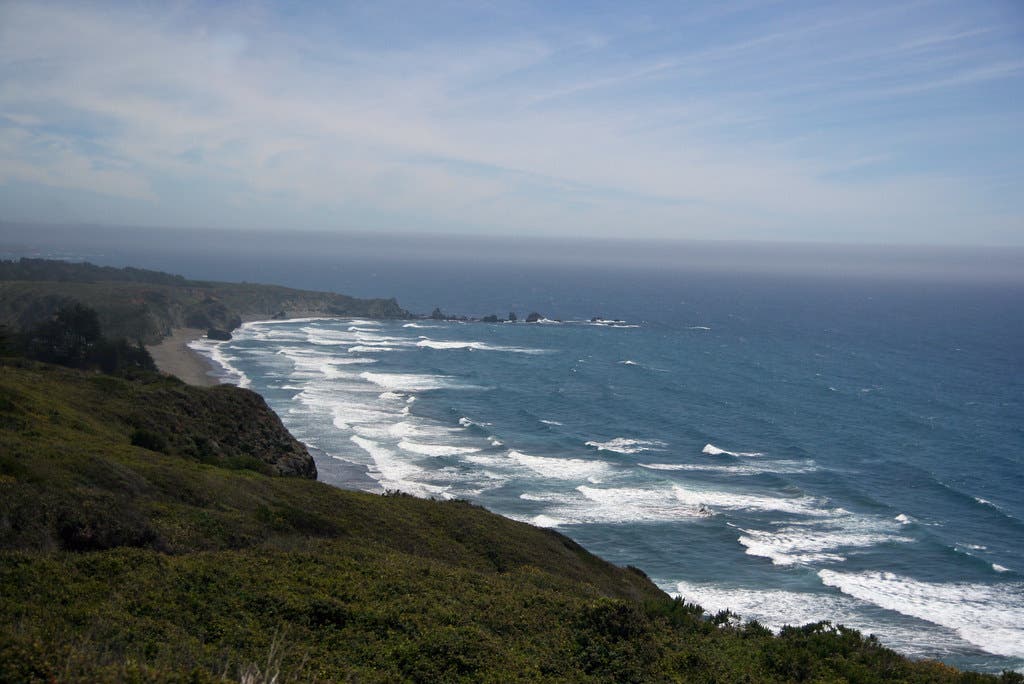
Bring Your Water Shoes
Sykes Hot Springs, Pfeiffer Big Sur State Park
These 100°F springs are only accessible via an off-trail scramble or a river-walk on jagged granite—so pack secure sandals or other water shoes. From the Pine Ridge trailhead ($5/car), climb 1,300 feet in 2.9 miles through sun-baked chaparral, and then trace a canyon under redwoods to Pacific views beyond the 1,000-foot-tall Santa Lucia Range. Continuing through manzanita, climb switchbacks that alternate with boulder-strewn descents for 7.3 miles. Hike downcanyon at 10.2 miles and make camp in a sheltered grove along the roaring, 15-foot-wide Big Sur River. Swap boots for water shoes and cruise .3 mile downstream to three tub-size, sandbag-lined pools, which terrace the southern slopes (hiker’s left) under pines. Return the way you came. Contact (831) 667-2315; bit.ly/BigSurSP